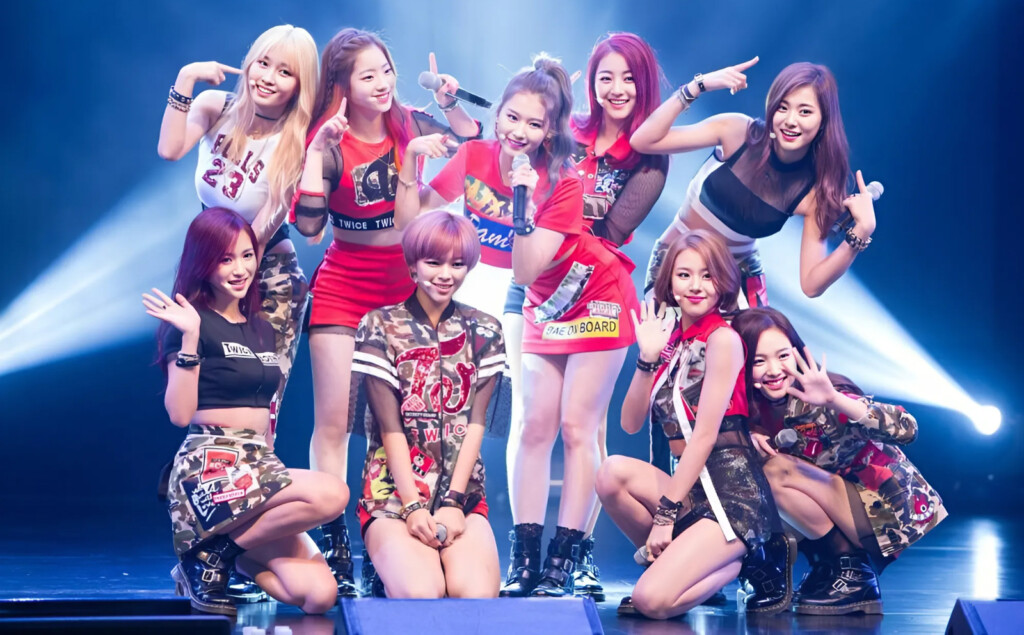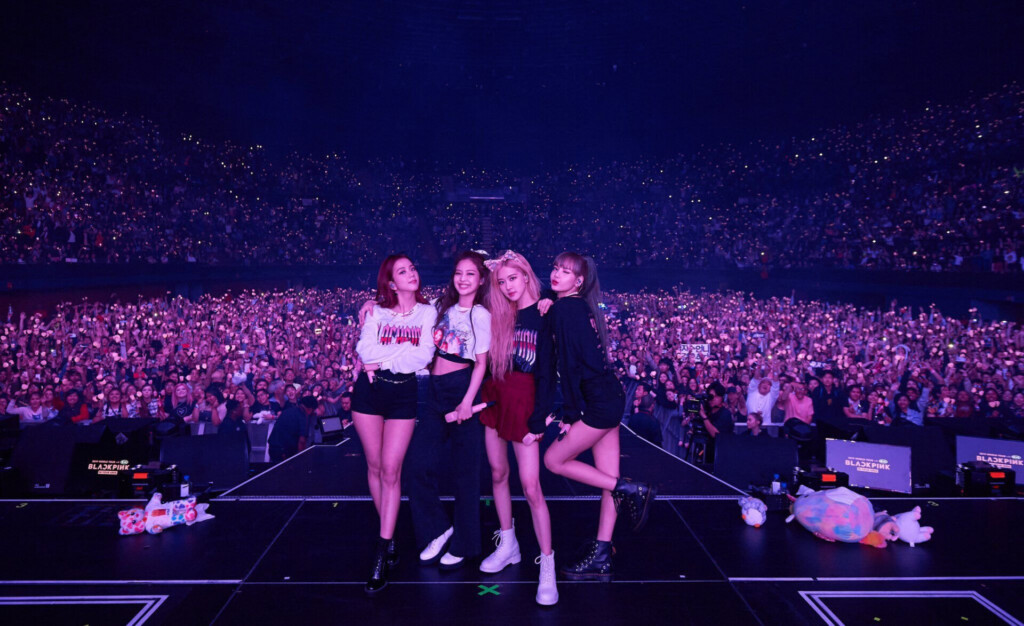K-pop is like an unstoppable machine, constantly churning out new idol groups at an astonishing rate. Every year, dozens of groups debut, yet only a handful survive while many vanish without a trace. So why do entertainment companies keep diving into this relentless race? Behind the dazzling spotlight, the K-pop industry operates under far harsher rules than you might imagine.

1. Idol Training: A True “Survival Arena”
South Korea doesn’t just train singers—it forges warriors. From the moment they become trainees, young hopefuls are thrown into an intense battle where the elimination rate is even higher than university entrance exams. Vocal skills? Dancing? Stage presence? Communication? You have to excel in everything—there’s no room for the weak!
According to Allkpop, citing data from the Korea Creative Content Agency (KOCCA), the number of K-pop trainees decreased from 1,895 in 2020 to 1,170 in 2022. Sounds like fewer idols are in training? In reality, the standards have skyrocketed—looks alone won’t get you a debut anymore!
Each company has its own signature training style:
- SM Entertainment – The ultimate idol factory, producing visually stunning performers with AI-like precision.
- YG Entertainment – Home of the “cool and edgy” hip-hop style, though famous for keeping trainees in an endless “pre-debut limbo.”
- JYP Entertainment – Focuses on personality; talent can be trained, but good character is a must.
- HYBE – Masters of media strategy, turning trainees into personal brands long before debut.
But don’t think it’s all sunshine and rainbows!
- Only 10% of trainees actually make it to debut (Dispatch).
- Strict diets – “Want to debut? Eat less!”
- Mental pressure – Always expected to smile, even when drowning in stress.
2. The Ruthless Race Between K-pop Groups – Survive or Disappear?
Every year, dozens of new groups debut, but the industry isn’t limitless. K-pop is an F1 race—anyone too slow gets left behind in an instant.
Number of K-pop group debuts per year (K-Pop Radar):
- 2017: 38 groups.
- 2023: 85 groups—more than double in just six years!
But how many actually last?
- Only 20% of groups survive beyond five years (Korean Music Industry Association).
- The rest? Disbandment, career changes, or fading into oblivion.
How companies try to keep their groups afloat:
- Unique concepts – EXO built a superhero universe, aespa went all-in on virtual avatars, and NCT? Their number of members is enough to make you dizzy.
- Social media dominance – BTS turned Twitter into a marketing powerhouse, while BLACKPINK dominates YouTube with billion-view MVs.
- Going global – Want longevity? Expand internationally like BTS and BLACKPINK.
3. Idols & Fandoms: A Love-Hate Relationship
K-pop doesn’t just sell music—it sells emotions. Fans don’t just listen; they invest their hearts, shed tears, and dedicate their lives to supporting their idols. This intense fan-idol connection is why the industry remains so powerful.

The strength of fandoms:
- BTS has ARMY – Fans stream music like soldiers on a mission.
- BLACKPINK has BLINKs – Every comeback is a global event.
- EXO has EXO-L – Once dominated every music chart.
But fandoms aren’t always positive:
- Sasaeng fans – Stalkers who invade idols’ private lives.
- Fandom wars – Every major comeback sparks social media battles.
- Crushing expectations – Idols must be perfect 24/7—one mistake, and the internet erupts.
4. K-pop as a Money-Making Empire
K-pop isn’t just a music genre—it’s a multi-billion-dollar economic powerhouse.
Mind-blowing statistics:
- BTS contributes approximately $5 billion annually to South Korea’s GDP (Hyundai Research Institute).
- The K-pop industry generated $10.1 billion in revenue in 2022, a 38% increase from 2020.
K-pop’s expansion into various industries:
- Fashion – BLACKPINK members are global ambassadors for Dior, Chanel, Celine, and Saint Laurent.
- Movies & webtoons – HYBE creates webtoons and films based on BTS lore.
- Tourism – K-pop landmarks like HYBE Insight attract millions of fans yearly.
5. The Dark Side of K-pop: The Cost of Fame
Behind the glamorous stage lights, K-pop has its fair share of controversies.
Issues that spark debates:
- Restrictive contracts – Some companies impose harsh terms, earning the nickname “slave contracts.”
- Psychological pressure – Grueling schedules and extreme expectations push many idols into mental health struggles.
- Market oversaturation – With too many debuts, standing out is becoming harder than ever.
Is K-pop Reaching Its Limit?
The K-pop industry is still thriving, but rising competition and saturation pose real challenges. Entertainment companies may need to rethink their strategies—not just for profit, but for the long-term sustainability of the industry.
The big question: Can K-pop maintain its momentum, or will it eventually slow down? What do you think about the future of K-pop? Share your thoughts!